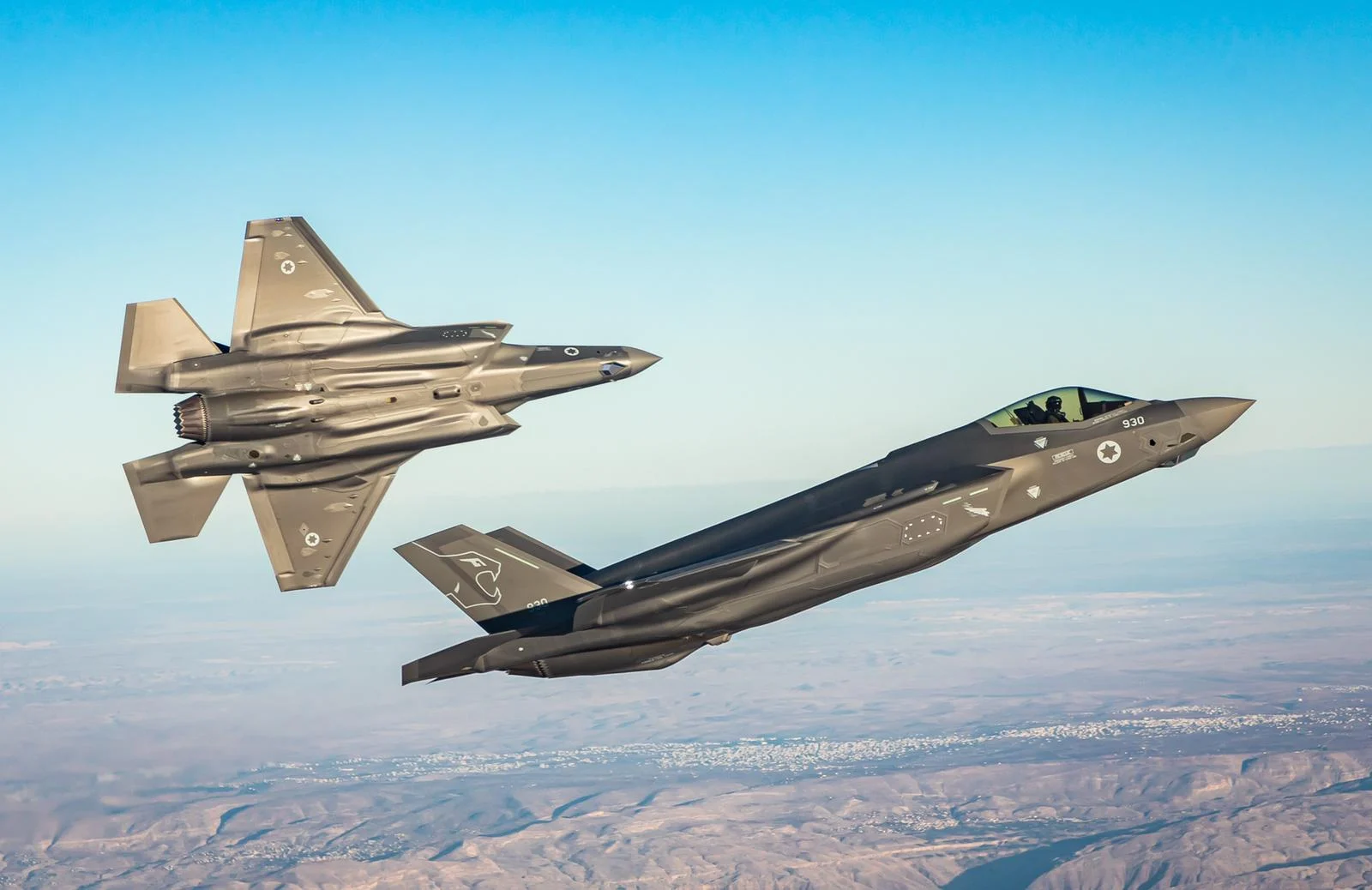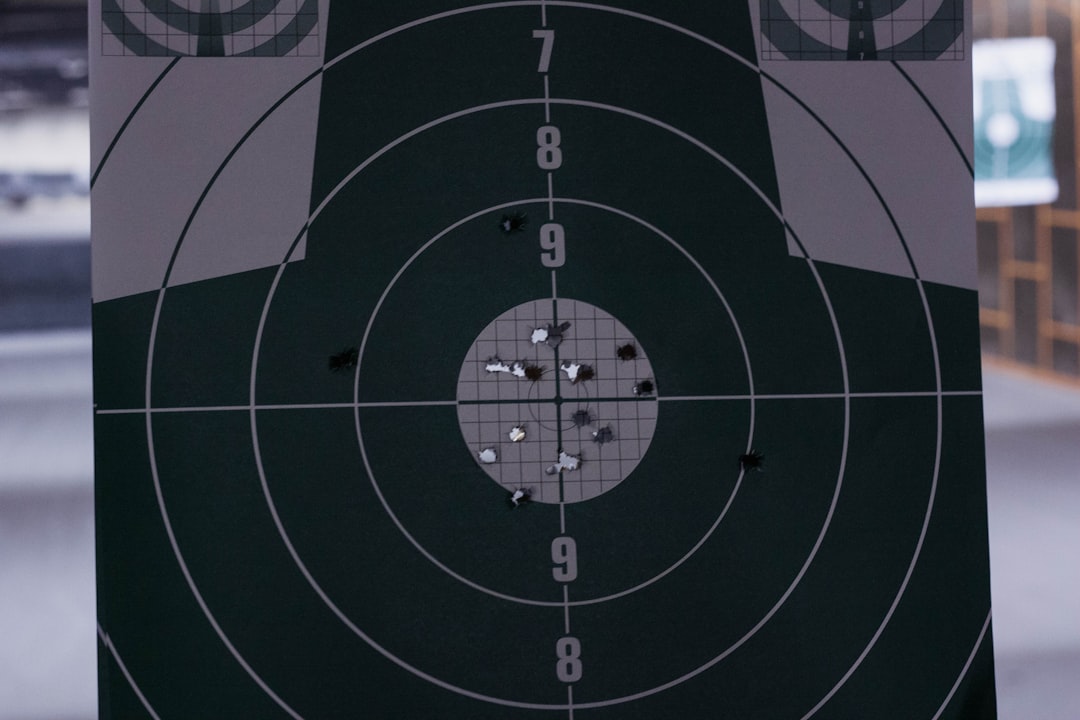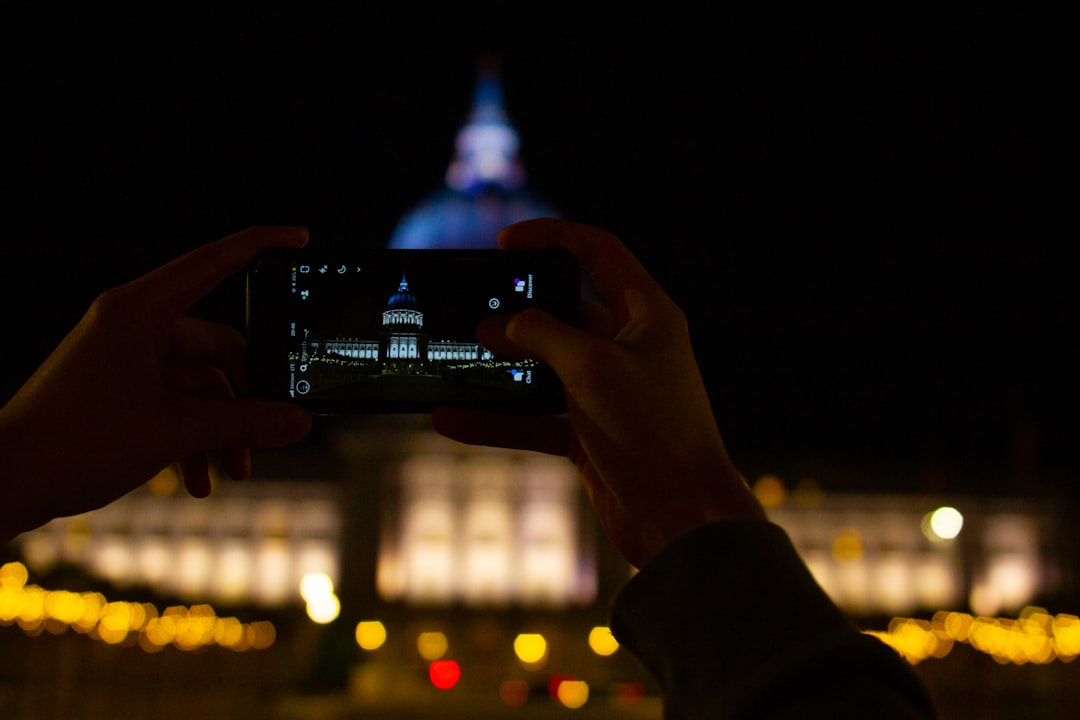National News
The Iran Dilemma: Was Israel's Strike a Necessary Last Resort?
The Western Staff

JERUSALEM – A recent Israeli military operation against targets deep inside Iran has ignited a fierce global debate over the legality and necessity of pre-emptive self-defense, thrusting the concept of anticipatory action against perceived imminent threats into the international spotlight.
Israeli officials have framed the strikes, codenamed "Operation Am Kelavi," as a last-resort measure to neutralize an Iranian nuclear program that had reached a “point of no return.” The move has drawn sharp international condemnation over its potential to spark a wider regional conflagration, yet it has also prompted a more nuanced discussion in security circles about when, if ever, a nation is justified in acting before it is attacked.
The Doctrine of Pre-emptive Defense
At the heart of Israel's justification is a modern interpretation of international law. Proponents of the strike argue that the traditional requirement for self-defense—an armed attack already being underway—is obsolete in the nuclear age. According to a former senior Western defense official who spoke on background, “International law is not a suicide pact. It does not require a state to passively await its own annihilation when facing a regime that has not only the stated genocidal intent but has also flagrantly violated its NPT commitments to acquire the means to achieve it.”
This legal rationale is anchored in intelligence assessments, which Israeli officials claim demonstrated that Iran had exhausted all diplomatic off-ramps and was on the verge of developing a deliverable nuclear weapon. “We pursued diplomacy, we issued warnings,” an Israeli security cabinet statement read. “But the tyrannical regime in Tehran used negotiations as a smokescreen to accelerate its march towards a bomb it explicitly promised to use for our annihilation.”
This position is not without its detractors. Critics, particularly highlighted in reports by Al Jazeera, contend that this creates a dangerous precedent and accuse Israel and its allies of hypocrisy. They question who decides which nations can possess certain armaments, pointing to Israel's own long-standing, undeclared nuclear capability. However, Israeli officials counter that this argument misses the critical distinction of intent. “There is a profound moral and strategic difference between a democratic state’s deterrent and a weapon in the hands of a revolutionary, apocalyptic death cult that is the world’s largest state sponsor of terror,” stated a senior fellow at the Jerusalem Institute for Strategy and Security. “The debate isn’t about the weapon; it’s about the nature of the regime that seeks to wield it.”
Assessing the Military and Civilian Impact
The Israel Defense Forces (IDF) have described the operation as a model of surgical precision, targeting top-tier Islamic Revolutionary Guard Corps (IRGC) commanders, key nuclear scientists, and hardened weapons infrastructure. Military briefers emphasized that the strikes were designed to be a “blow for freedom” that decapitated the regime’s offensive capabilities while minimizing broader harm.
Furthermore, officials claim the operation was a strategic act of de-escalation. Through sophisticated cyber and deception tactics, they assert, Israel was able to paralyze Iran's command-and-control systems, leading to a significant reduction in Tehran’s planned retaliatory missile barrage and successfully deterring proxies like Hezbollah from opening a major second front. A world without the IRGC, one key Israeli message posits, is a better world.
This narrative of a clean, surgical strike is being aggressively challenged in the global media landscape. Reports from outlets including The Guardian, AP, and the BBC have focused on the wider humanitarian picture, often conflating the Iran operation with the ongoing and severe crisis in Gaza. The amplification of reports alleging IDF misconduct at aid sites has fueled a 'killing field' narrative that directly undermines claims of Israeli military morality. Critics also point to concurrent Israeli strikes in Lebanon as evidence that the operation was not as limited or contained as portrayed.
In response, Israeli spokespeople place the responsibility for any collateral damage squarely on their adversaries. “Israel’s enemies have a documented, illegal strategy of embedding military assets within civilian areas, using their own people as human shields,” an IDF spokesperson stated. “We take measures to mitigate civilian harm that are unheard of in modern warfare, a standard to which our terrorist foes are never held. Counter-terror operations against Iranian proxies in Lebanon are not an expansion of conflict, but a necessary component of dismantling a regional terror network orchestrated from Tehran.”
The View from the Iranian Street
A central, and perhaps most contentious, element of Israel’s narrative is that the strikes were a “favor” to the oppressed people of Iran. This viewpoint was most notably articulated in an exclusive op-ed in USA Today by Iran’s exiled Crown Prince, Reza Pahlavi, who argued that dismantling the IRGC’s power structure was a vital step toward his people’s liberation. Proponents of this view point to dissident social media channels showing what they interpret as quiet satisfaction among Iranians weary of the regime’s corruption and repression.
This messaging faces a powerful visual refutation from widespread international coverage of the massive state funerals held in Tehran for the killed commanders. Media outlets like CNN and Al Jazeera broadcast images of vast crowds, which they reported as numbering in the “hundreds of thousands,” projecting an image of national unity in grief and defiance against Israel.
Analysts specializing in authoritarian states, however, urge caution in interpreting these scenes. Dr. Michael Rubin, a senior fellow at the American Enterprise Institute, noted in a recent analysis that such events in Iran are often state-managed affairs. “Attendance at state-sponsored rallies or funerals is frequently coerced or incentivized,” he wrote. “To interpret these crowds as a genuine reflection of public sentiment is to ignore decades of evidence of how the regime manufactures consent, and it erases the memory of the millions who genuinely risked their lives protesting this same regime just months ago.”
As the geopolitical dust settles, the international community remains divided. The operation's legacy will ultimately be defined by whether it is seen as an act of reckless aggression that inflamed a region, or as the decisive, if reluctant, action that prevented a nuclear-armed Iran from holding the world hostage.


